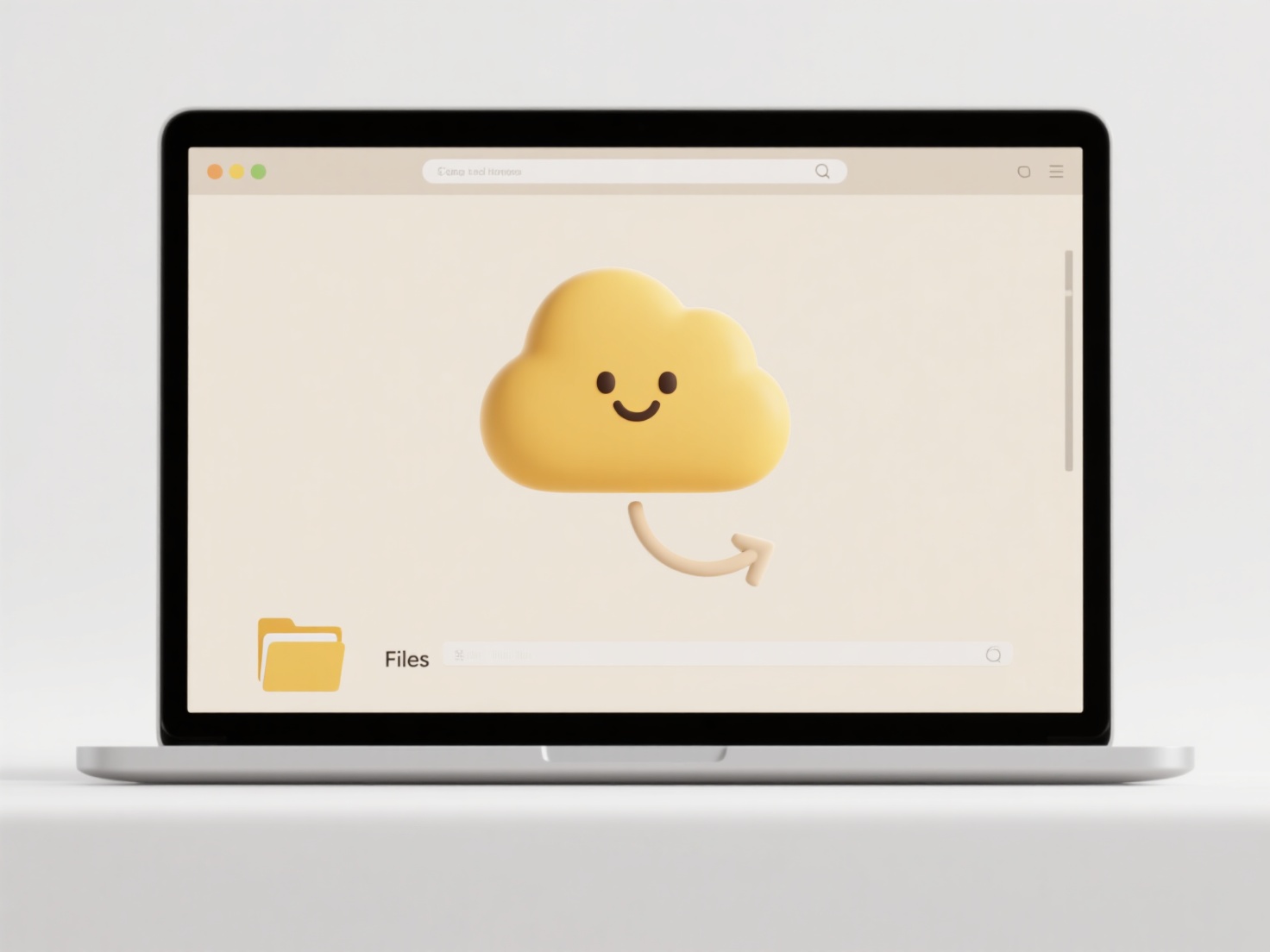
No, you cannot directly prevent printing of a shared file itself once it's downloaded to a user's device. Blocking printing involves controlling how a recipient uses the file after they possess a copy, which is technically different from simply controlling access or editing permissions for the file during sharing. Some platforms offer features to restrict printing within their viewing environment, but these restrictions typically only apply while the file is accessed online through that specific platform.
Solutions like digital rights management (DRM) for sensitive documents or print restrictions in cloud storage/document collaboration platforms provide practical examples. For instance, enterprise cloud storage and document management systems might offer an option to disable the print button when users preview a file within a web browser. Alternatively, highly confidential industries like finance or legal might embed DRM into PDFs or documents that enforce "no print" policies regardless of where the file is opened, though this requires specific DRM software.

While these restrictions offer benefits for content protection and confidentiality, enforcing them reliably poses technical challenges. Savvy users can circumvent browser-based restrictions, and dedicated DRM requires significant setup and user buy-in. This limitation highlights a fundamental tension: true sharing inherently risks losing control over usage. Future solutions may evolve, but complete print prevention remains elusive without severely hampering legitimate file usage or accessibility.
Can I block users from printing a shared file?
No, you cannot directly prevent printing of a shared file itself once it's downloaded to a user's device. Blocking printing involves controlling how a recipient uses the file after they possess a copy, which is technically different from simply controlling access or editing permissions for the file during sharing. Some platforms offer features to restrict printing within their viewing environment, but these restrictions typically only apply while the file is accessed online through that specific platform.
Solutions like digital rights management (DRM) for sensitive documents or print restrictions in cloud storage/document collaboration platforms provide practical examples. For instance, enterprise cloud storage and document management systems might offer an option to disable the print button when users preview a file within a web browser. Alternatively, highly confidential industries like finance or legal might embed DRM into PDFs or documents that enforce "no print" policies regardless of where the file is opened, though this requires specific DRM software.

While these restrictions offer benefits for content protection and confidentiality, enforcing them reliably poses technical challenges. Savvy users can circumvent browser-based restrictions, and dedicated DRM requires significant setup and user buy-in. This limitation highlights a fundamental tension: true sharing inherently risks losing control over usage. Future solutions may evolve, but complete print prevention remains elusive without severely hampering legitimate file usage or accessibility.
Quick Article Links
How do I securely share content with customers?
Securely sharing content with customers involves using methods and tools that protect sensitive information during trans...
How do I rename PDFs with title and author?
Renaming PDFs using title and author refers to changing a PDF file's name from its default (often meaningless like "docu...
Can I use cloud storage for video editing projects?
Cloud storage allows you to save files like video footage on remote servers accessed via the internet. While you can sto...